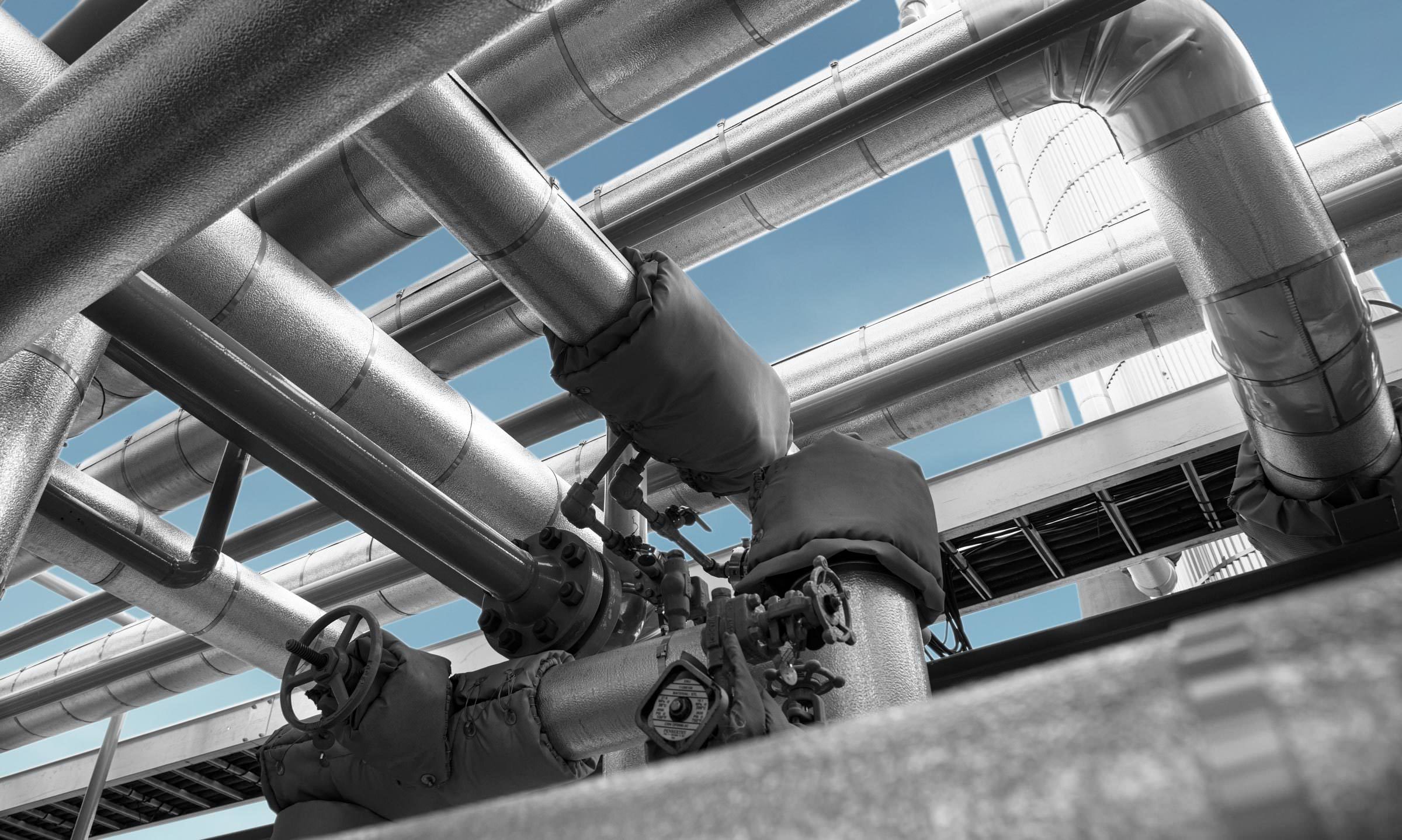

In order to achieve cryogenic temperatures (-50°F and less) in natural gas processing, the inlet gas needs to be free of water vapor. This is because when water vapor is brought to extremely low temperatures, it can form hydrates, which can cause problems throughout the cryogenic process. Molecular sieve dehydration units are responsible for removing water vapor from the natural gas stream.
A typical design uses two or more identical mol sieves, alternating between dehydration to regeneration modes—one operating in dehydration mode while the other operates in regeneration mode. To dehydrate the inlet gas, each unit contains a silicate compound made up of very small, precise and uniform pores to "trap" the water vapor on a molecular level as it passes through.
Joule’s mol sieve design leverages automatic switching valves to accurately alternate switching from dehydration to regeneration modes, so as the dehydrated unit becomes saturated with water vapor, it is automatically switched to regeneration mode while the regeneration unit becomes active in dehydration mode. Additionally, all of our mol sieve dehydration units are designed skid-mounted for simple installation and mobility purposes.